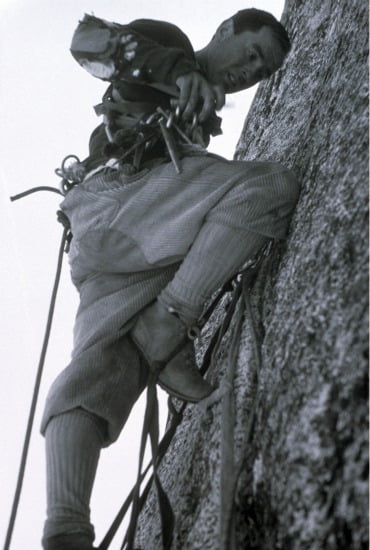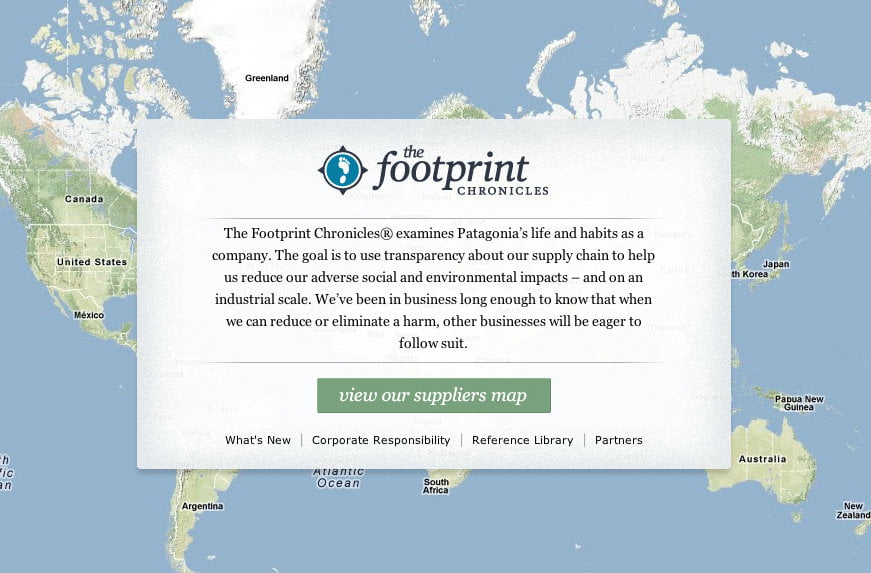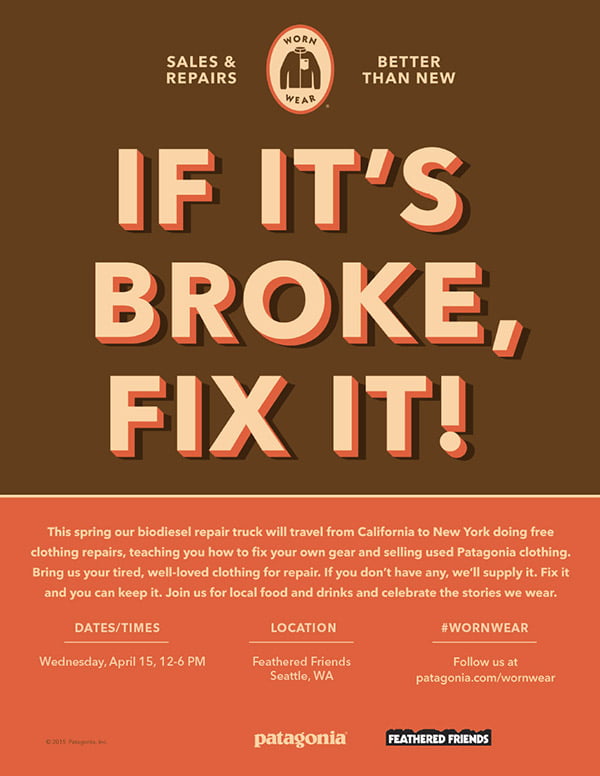If you’re a VP or Director of Marketing, and you’ve been tasked with refreshing your company’s brand, Sinek’s tool is a great place to start. But I find it helpful to go one step further and create a story. Instead of asking “Why are we doing this,” ask, “Where will our journey take us?”
All humans have natural storytelling talent. All humans use stories to make sense out of the world around the them. Stories are the equipment for living. – Robert McKee
McKee also said a well-told story creates an emotional experience. As the old adage goes, “People buy on emotion and rationalize with logic.” You can probably list of all the rational reasons to choose your brand: best service, best price, more product features, quality guarantee, long history, invests in the community. Set those aside for a moment. Let’s create a story that brings emotion to the equation.






